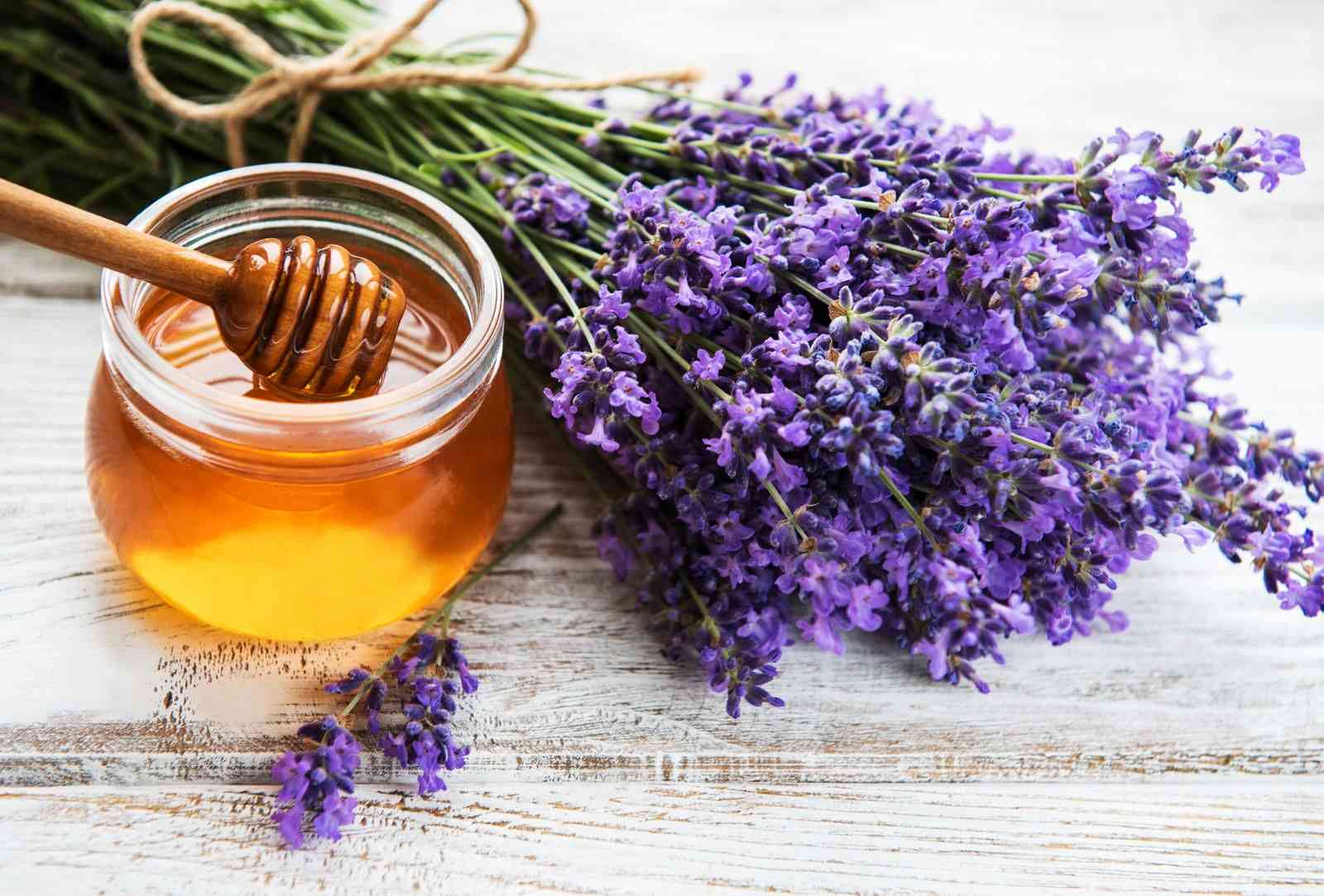Endless healing, gift to bees, natural medicine: honey. In this article, you will get to know the honey, which has been used by people for thousands of years and is considered to be a panacea. Besides, in the next article you will read the effects of honey on the skin and you will find honey mask recipes!

History Of Honey
The history of the honey, which has 80,000 bees in only one honey bucket, goes back to very old times. A wall painting from 8 thousand years ago was found in the Valencia region of Spain, in the Cave of Aran (Cuevas de la Araña en Bicorp). The picture recommends a person trying to get honey. In other words, the history of honey goes back at least 8 thousand years.

According to historians, people met honey in the new stone age. In other words, honey has been a part of our life for 10,000 years and has not been spoiled. Honey was an important source of food for prehistoric people, and even though it has been thousands of years, it is still a very important food source for us. There are too many consumption areas of honey and it still keeps its place in our lives.
The meanings that civilizations attribute to honey differ from each other. It is written in the tablets belonging to the ancient Egyptian civilization that honey was used both as food and medicine in 4000 BC and in religious ceremonies. Dried honey remnants dating back 3,200 years were found in a Pharaoh tomb from Ancient Egypt.

It is known that the Sumerian civilization in Mesopotamia accepted honey as a medicine in 3000 BC. The first registered bee breeders are considered to be Sumerians. It is known that honey is very important for Babylon, Crete, Ancient Greek Civilization, Roman Empire and many more civilizations.

"The bee was the symbol of the god Artemis according to Ancient Greek mythology. The drawing of the bee symbolizing Artemis was also printed on the coins used at that time. Aristotle, one of the ancient Greek philosophers, explained the structure of honey in his books. Hippocrates also explained in his book that honey will clear the ulcer and it will be beneficial to apply honey on the wounds. Alexander the Great, who conquered many countries throughout his life, was mummified in a coffin filled with honey after his death."

In addition, honey has been given various meanings. Some of these attribute sacredness to honey. For example, in Neolithic Spain, the bee was called a dancing goddess. In Anatolia, The Region of Çatal Höyük (now within the borders of Turkey) were a figure dating from 6540 BC. Primitive bee figures are depicted on the head of a goddess. Also, various honeycomb paintings are decorated in stone temples in Çatal Höyük. This region was excavated by James Mellaart between the years 1961-1964. Also in Austria in the Aboriginal cave BC. Honey hive painting from 10,000 was discovered.

For the Romans, Bacchus, god of wine, discovered honey and taught beekeeping to humans. Virgil wrote a practical beekeeping thesis, describing the working of the beehive in great detail. Pliny the elder called honey the “sweat of the heavens” and the “saliva of the stars.” For the ancients, then, the bee was a link between humans and the divine.
“Some say that unto bees a share is given of the Divine Intelligence.”
-Virgil (ancient Roman poet of the Augustan Period)

The Enormous Content of Honey
There are many valuable substances in honey. However, the content of each honey is not the same. The geography and climate in which honey is produced, the flowers where honey bees collect nectar, the type of honey bees and some other factors affect the ingredients in honey.
In this article, you will read what is generally in honey. Honey consists of 17% water, 80% sugar and 3% valuable substances. The most common ingredient in honey is water and carbohydrate. Fructose, sucrose, levuvose are different sugars in honey. In fact, 15 different types of sugar have been detected in honey, but the sugars found in general are these three.

There is a very important difference that separates the sugars in honey from normal sugars.The sugar sinks into the blood after it changes in the system, but honey quickly mixes into the blood without getting into the digestive system. With this feature, honey is one of the fastest blood-breaking foods in the body. It is known that honey mixed with warm water mixes with blood within a few minutes and gives energy to the body.

Not limited to this, 17 different amino acids are found in honey. Potassium, calcium, phosphorus, sodium, magnesium, iron, china, copper, manganese are these vitamins. The amount of potassium is very high. C, B2, B5, B1, B6, Niacin are also vitamins in honey.

In addition, honey contains ascorbic acid, pyridoxine, pantothenic acid, titamin, folic acid, biotin, riboflavin. There are also enzymes in honey. As a result, honey is a miraculous food that contains various sugars, acids, enzymes, minerals, vitamins, proteins. This miraculous nutrient also has a miraculous effect on the skin. When we eat honey, it nourishes our body, and when it is applied to the skin, it is like a natural medicine! (you can find many skin masks by clicking on the next post)
The Process Of Making Honey By Bees
To get only 450 g of honey, 17,000 bees are needed. These honey bees need to visit 10 million flowers. Bees must work 7000 hours for 450 g honey.

We can say simply, honey bees collect nectar in flowers. These nectars contain fructose, sucrose, glucose. The collecting bees transfer the collected nectars to the worker bees working in the hive. The worker bees receiving the nectars take out these nectars for 20 minutes in the hive and drink them back. In this process, the enzymes have changed the structure of the nectar because the bees secrete enzymes.

Then the bees inside the hive transfer the nectar to the honeycombs. As I said before, the rate of water in honey is very low. There is between 17% and 25% water. Because the bees in the hive flaps the wings, allowing the water in the honey to evaporate. Thus, the water rate, which is 80% at the beginning, decreases to 17%. The conversion of nectar to honey varies from 1 to 3 days. After that, honey is ready to be eaten. ( Bon Appetit! )

Thanks, stay with Utopia Educators.


